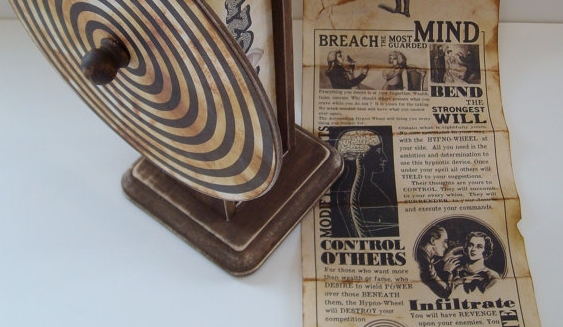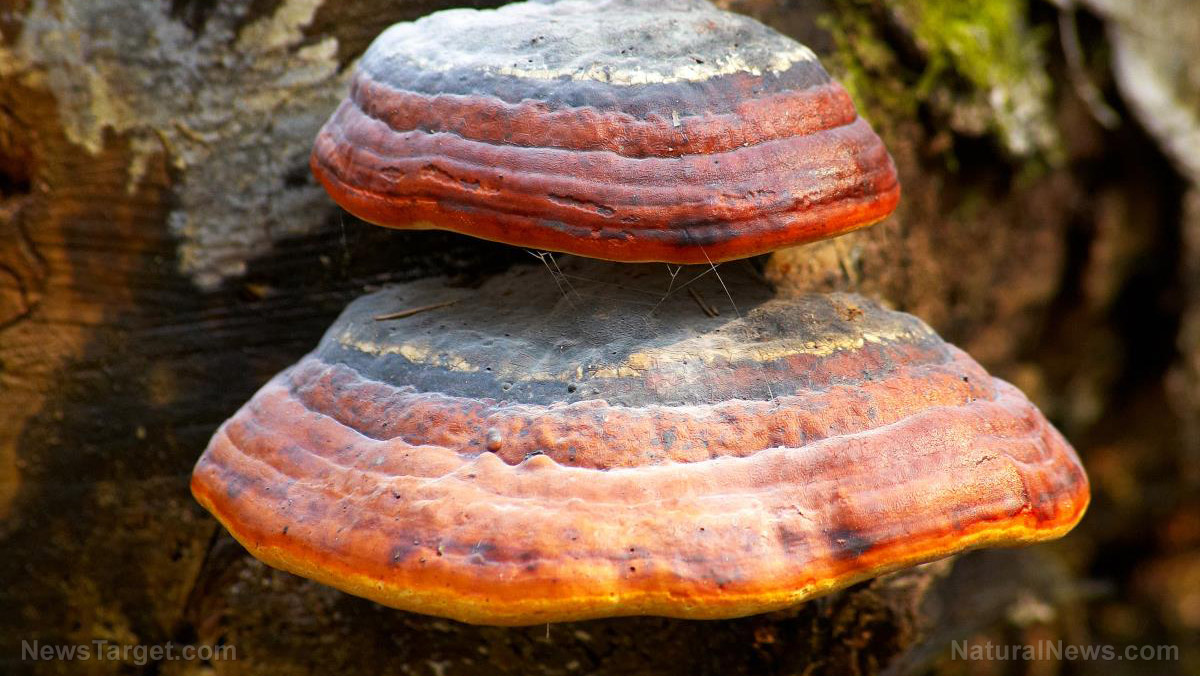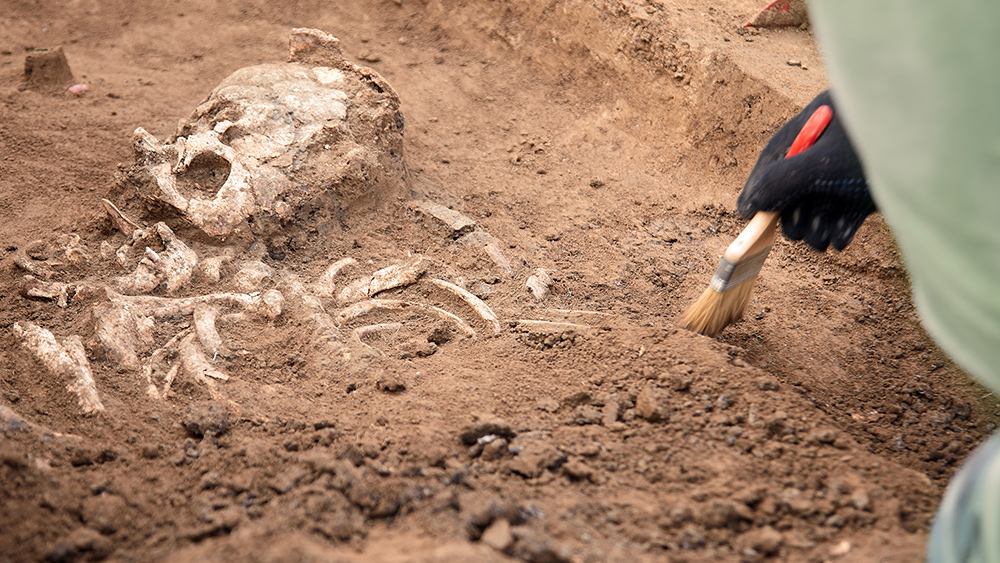Examination of Japanese mermaid mummy yields surprising results
03/02/2023 / By Ramon Tomey

An examination of a mummified Japanese mermaid or “ningyo” conducted by a university yielded surprising details about the specimen.
Researchers from the Okayama Folklore Society (OFS) first discovered the ningyo mummy, which measured around 12 inches long, lying inside a sealed wooden box within the Enjuin Temple in Japan’s Okayama Prefecture. They initially thought it was made from the torso and head of a monkey sewed onto a decapitated fish’s body. The mummy had previously been displayed in a glass case at the temple for people to worship, before being stored away more than 40 years ago.
Ningyo, the equivalent of mermaids in Japanese mythology, are widely believed to help cure disease and increase longevity. According to a letter inside the mummified ningyo’s box, it was reportedly caught by a fisherman sometime between 1736 and 1741.
However, another team of researchers from the Kurashiki University of Science and the Arts (KUSA) took possession of the mermaid in early February 2022 with the consent of the temple’s priests. They then analyzed the ningyo mummy using X-ray, CT scan, radiocarbon dating, electron microscopy and DNA analysis. The KUSA researchers then released their findings about the mummy in a Feb. 7, 2023 statement.
They found that the mermaid’s torso was not from a monkey. Instead, it was made predominantly from cloth, paper and cotton held together by metal pins running from the neck to the lower back. The torso had also been painted with a paste made from a combination of sand and charcoal. (Related: “Mermaid” mummy in Japan could be a terrifying monkey-fish hoax, researchers say.)
The torso was also covered in components stripped from other animals – with mammalian hair and what is likely skin from a puffer fish covering parts of the mummy’s arms, shoulders, neck and cheeks. The mermaid’s jaw and teeth were likely taken from a predatory fish, while its claws were made from keratin likely taken from a real but unidentifiable animal. The mermaid’s lower half did come from a fish, likely a species of croaker.
While the researchers were unable to identify any complete DNA from the mermaid, radiocarbon dating of the scales indicated they could date back as far as the early 1800s. This essentially debunked the claim of the ningyo being “caught” between the 1730s and the 1740s, and attested to the possibility of it being created decades later to dupe rich people wanting to improve their health.
Ningyo believed to have healing, life-extending properties
Japanese literature is rife with the supposed healing benefits of ningyo. The most famous story is that of Yao Bikuni, whose father acquired meat from the creature. She then ate the meat and gained centuries of beauty and life, eventually becoming a Buddhist nun.
The 1709 treatise “Yamato Honzo” (Japanese Medicinal Herbs) by Kaibara Ekken recorded the medicinal properties of ningyo bones, which include the prevention of bloody bowel discharges. The 1713 “Wakan Sansai Zue” (Japanese-Chinese Illustrated Assemblage of the Three Components of the Universe) also noted that ningyo bones were used in the Netherlands as an antidote.
Japanese scholar Hirata Atsutane attested to the existence of these ningyo and their healing powers more than a century after the two works were published. In an 1842 letter, he recounted obtaining a ningyo bone and choosing an auspicious day with friends to grind it up. Atsutane wrote that he and his friends then added the powdered ningyo bone to water and drank it, with the aim of achieving a longer life.
“The meaning and role assigned to ningyo changed through different times and situations,” said OFS board member Hiroshi Kinoshita. “They were often seen as ill-omened during the medieval period, but they might also be viewed as auspicious.”
Today, ningyo mummies, such as the one found in Okayama Prefecture, remain at similar temples and shrines across Japan. They continue to be attributed with various powers such as warding off bad luck and blessing worshipers with good health, long life and safe deliveries.
Check out Discoveries.news for more stories about interesting discoveries.
Watch this footage of a mermaid-like creature seen in Mexico.
This video is from the ZGoldenReport channel on Brighteon.com.
More related stories:
Archaeologists discover RARE and possibly the OLDEST gold-covered Egyptian mummy.
CT scan reveals 49 amulets worn by 2,300-year-old “golden boy” mummy.
Sources include:
Submit a correction >>
Tagged Under:
breakthrough, deception, discoveries, Enjuin Temple, faked, Hidden History, hoax, Japan, longevity, mummy, ningyo, Okayama Prefecture, real history, real investigations, research, truth
This article may contain statements that reflect the opinion of the author




















